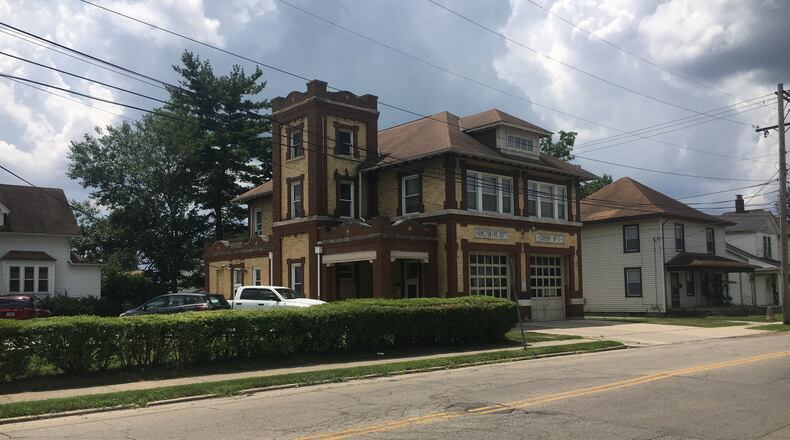“I move the ordinance be postponed indefinitely,” said Council Member Carla Fiehrer, before she and her colleagues voted 7-0, without further comment, to slay the idea that would have raised $1.5 million annually, beginning Jan. 1.
City Manager Joshua Smith had proposed the increase for two reasons that the city now must otherwise find money to deal with: Half of the money was to go toward needs of the city’s safety services, for equipment and a pair of outdated fire stations. The other half was to be used for road needs, at first around the proposed gigantic indoor sports complex called Spooky Nook at Champion Mill, to be built along North B Street at the former Champion Paper site.
PREVIOUS REPORT: Hamilton changes course on income tax proposal
Of 18 people who expressed opinions at a recent council public hearing on the matter, all but two were opposed. That, and that city leaders said it is far more important that voters approve a street-repair levy next year, led City Manager Joshua Smith to recommend last week that council permanently table the proposed income-tax hike.
The city since at least 1995 has granted its residents 100-percent credit for income taxes they pay to the local governments where they work. Under the abandoned proposal, that would have fallen to 50 percent, which would have cost a resident earning $50,000 per year anywhere from $0 to several hundreds of dollars per year, depending on the place they work.
Smith last week said the city would ask Spooky Nook executives “to examine their plans to see what can be re-engineered to reduce capital costs.”
MORE: 5 ways Hamilton is working to ease traffic headaches
The city also would seek to redirect money to be spent on other things in areas instead on the safety needs, he said.
West Side resident Wayne Henson attended Monday’s meeting to make sure the proposal was dead, he said afterward. He isn’t opposed to paying taxes, he said, but the burden of the tax-credit rollbacks would have cost residents working beyond Hamilton’s borders, rather than all taxpayers.
About the Author
